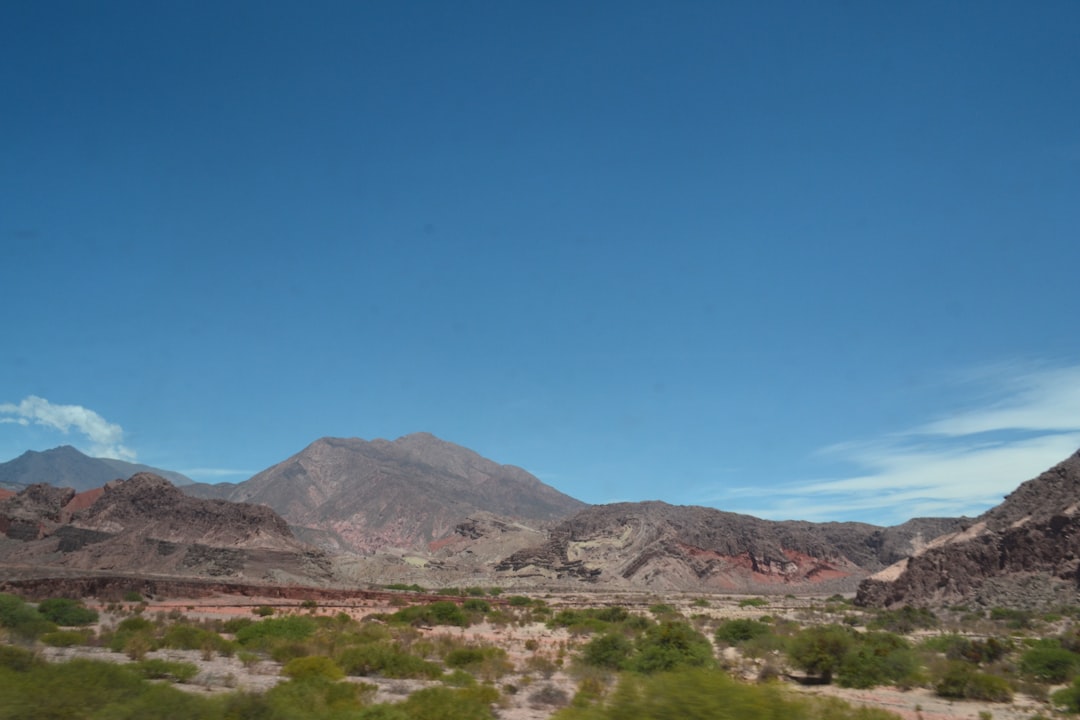What is it about?
This article is about prehistoric monument construction by complex, agricultural societies in northern Mississippi. Often called Mississippian culture, these mound-building peoples lived as far north as Wisconsin, as far south as Louisiana, and as far east as North Carolina.
Featured Image

Photo by Ivan Bandura on Unsplash
Why is it important?
Archaeologists believe that authority was often manifest through monumental construction. In the Southeastern United States, earthen monuments, settlement hierarchies, and systems of collapse and reorganization are critical components to understanding Mississippian leadership and social organization. My research develops a chronological sequence for mound construction and settlement at Carson, evaluates how labor may have been organized, and juxtaposes archaeological data with ethnohistoric evidence of native groups at contact. It demonstrates that these large mounds were in fact built in several stages, over a long period of time, but that the stages were built quickly and required a significant amount of labor
Perspectives
For me, this work was an exercise in learning how to conduct large, interdisciplinary research, while also teaching students in the field. It was fun, but hard work!
Dr Jayur M Mehta
Tulane University
Read the Original
This page is a summary of: Mississippian monumentality in the Yazoo Basin: recent investigations at the Carson site (22CO505), northwestern Mississippi, Southeastern Archaeology, September 2016, Taylor & Francis,
DOI: 10.1080/0734578x.2016.1233486.
You can read the full text:
Resources
Contributors
The following have contributed to this page










